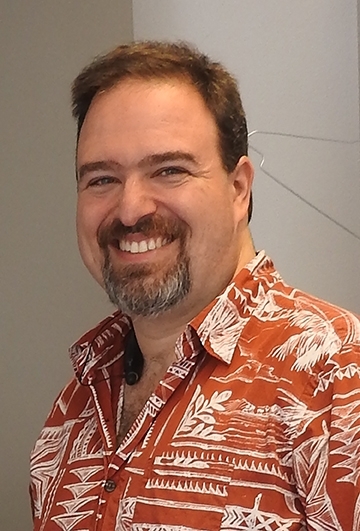
He's been planning "Tule and Cattail: A Tale of the Marsh Economy and Its Role in Human Health and Wellbeing” for a year. Sponsored by ENT and the Pacific Southwest Center of Excellence in Vector-Borne Diseases, it's free and family friendly. You can register at https://qr.codes/xYbeAK.
What a great day to spend a Sunday afternoon--and on St. Patrick's Day, too.
Attardo, both a talented scientist and photographer, has been capturing lots of images in the wetland area in Cache Creek conservatory which is adjacent to the Tending and Gathering Garden. "The wetland area is flooded by runoff from the Gordon Slough and is a habitat to plants and animals native to Northern California," says Attardo, chair of the UC Davis Designated Emphasis in the Biology of Vector-Borne Diseases. "The islands in the wetland are populated with tule which is a hardstem bulrush. Tules provide shelter to an array of wildlife. Red-winged blackbirds commonly build their nests in tule stalks. Reptiles and amphibians also live among them. Dragonflies frequently use tule stalks for eclosion and as perches. Fish also use the submerged stalks and root systems as nurseries."
"The tule acts as a water filter by sequestering excess nutrients from the water in collaboration with symbiotic microbes," he commented. "The tule also stabilizes the banks and slows waterflow. The tule is also utilized by native peoples for a variety of purposes including making sleeping mats, baskets, cordage, external and internal walls for homes, canoes. It also functioned as a food source."
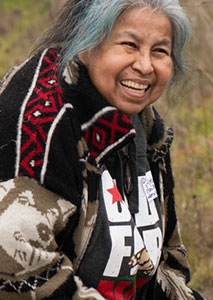
Basically, it's a collaborative outreach project "to integrate indigenous ecological knowledge and Western science to provide educational outreach opportunities."
The aim: "to advance the land management aims of local tribal communities and provide a platform to educate about the importance of maintaining wetland biology for climate change, ecological and human health, and vector control," Attardo says.
Here's what's on the agenda (note that the symposium will start promptly at 1 p.m. Snacks and drinks will be provided.)
Agenda
1 to 2:30 p.m.: Presentation by Diana Almendariz: "Cultural History and Traditional Ecological Management of Wetlands" Exploring the deep connection between indigenous history and wetland ecosystems.
2:30 to 2:35 p.m.: Break
2:35 p.m. to 3:15 p.m.: Presentation by Geoff Attardo: "Wetland Biology and its Importance for Ecological and Human Health" Discussing wetland biology's significance in climate change, ecology, and vector-borne disease.
3:15 p.m. – 3:20 p.m.: Break
3:20 p.m.– 3:50 p.m.: Tule Weaving Demonstration: Participants will learn traditional Tule weaving techniques, connecting with the material culture of wetland management.
3:50 p.m. – 4 p.m. Break
4 p.m. - 5 p.m. Question and Answer Session: Attendees can engage with the speakers and delve deeper into the topics discussed.
(For more information, contact Geoffrey Attardo at gmattardo@ucdavis.edu)
Attached Images:
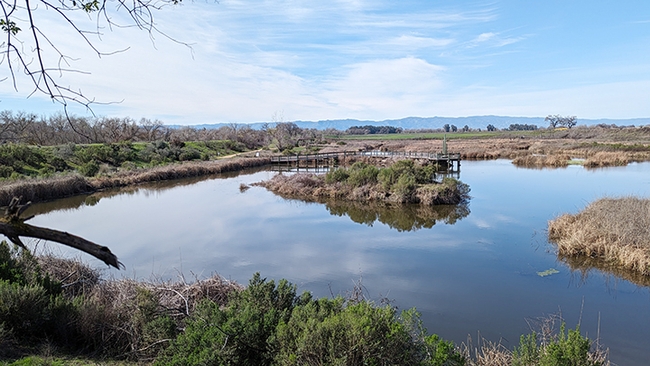
This is the wetland area in Cache Creek conservatory which is adjacent to the Tending and Gathering Garden. (Photo by Geoffrey Attardo)
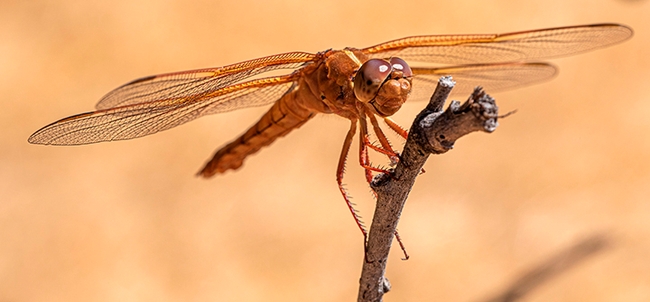
The flameskimmer dragonfly, Libellula saturata, commonly perches on a tule stalk. (Photo by Geoffrey Attardo)
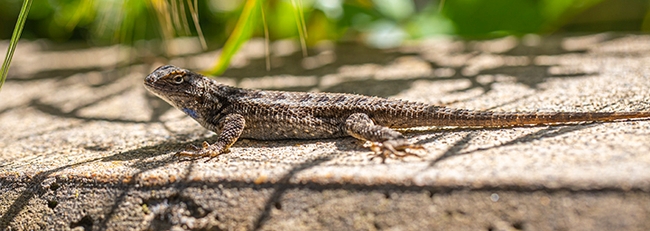
A lizard sunning in the tules. (Photo by Geoffrey Attardo)